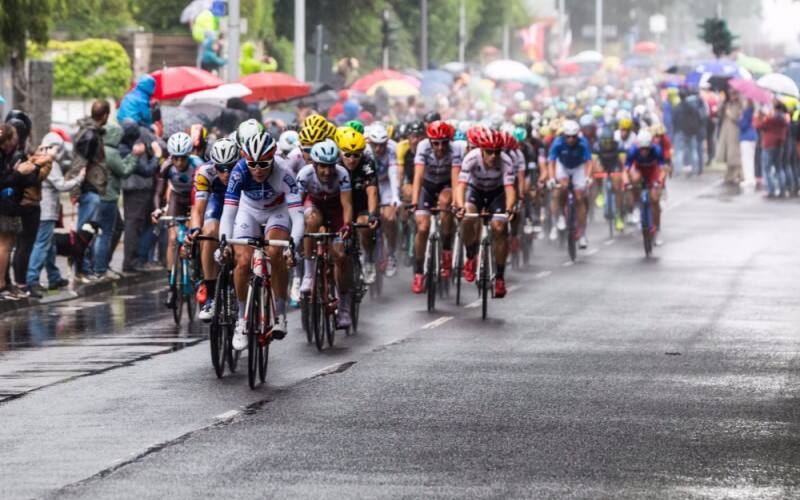How to Shift Gears Correctly on a Mountain Bike
Mountain biking is an exciting sport that offers a unique challenge, especially when it comes to gear shifting. Correct gear shifting is crucial for maintaining control, enhancing performance, and preventing unnecessary wear and tear on the bike's components.
Before you can shift gears effectively, it's important to understand the basic components of your bike's gear system. Mountain bikes typically have a derailleur system that consists of front and rear derailleurs, which move the chains between the different-sized cogs and sprockets. The front derailleur controls the chain on the crankset, while the rear derailleur manages the chain on the cassette.
When shifting gears, it's generally recommended to shift first on the rear derailleur and then adjust the front derailleur if necessary. This is because the rear derailleur has a wider range of gears, allowing for finer adjustments in gear ratios.
To shift up (to a higher gear), you'll need to move the chain to a smaller cog or sprocket. To do this, press the upshift lever on the right side of the handlebars (for the right-hand shifter) or the left side (for the left-hand shifter). As you shift up, the chain will move to a smaller cog, increasing the overall gear ratio and making it easier to pedal at higher speeds.
To shift down (to a lower gear), you'll need to move the chain to a larger cog or sprocket. To do this, press the downshift lever on the appropriate side of the handlebars. Shifting down will reduce the overall gear ratio, making it easier to pedal uphill or when extra torque is needed.
As you become more experienced with gear shifting, you'll learn to anticipate shifts based on the terrain and your riding style. For example, when descending a steep hill, you may want to shift down to a lower gear to maintain control and prevent your brakes from overheating. Conversely, when climbing a hill, shifting up to a higher gear can help you maintain a steady cadence and avoid over-revving your crankset.


